Results 2,461 to 2,470 of 12096
Thread: Anandtech News
-
01-07-13, 12:30 AM #2461
Anandtech: NVIDIA Rolls Their Own Handheld Console: Project Shield, Powered By Tegra
NVIDIA Rolls Their Own Handheld Console: Project Shield, Powered By Tegra 4
Though most of the important launch details of Tegra 4 were leaked weeks in advance, NVIDIA did manage to keep their final major CES announcement under wraps to the very end. Wrapping up their CES presentation, NVIDIA has announced that they will be entering into the handheld console business with their own Tegra 4 powered console, dubbed Project Shield.
While we’re still waiting on NVIDIA for further details, what we do know so far is that Project Shield is essentially a handheld console built around NVIDIA’s recently announced Tegra 4 SoC. Details on Tegra 4 are still sparse since NVIDIA has not announced the individual SKUs, but we do know that the top-end configuration contains 5 ARM CPU cores in a 4+1 configuration similar to Tegra 3, and on the GPU side is backed with a hereto unknown GPU architecture composed of 72 GPU cores.
All of this is built into an oversized game controller that is configured very similarly to the PS3 DualShock 3 controller, possessing 2 thumbsticks, a D-pad, 4 face buttons, and 4 shoulder triggers/buttons (2 on each side). Topping off the console is a 5” 720p display (no word yet on whether it’s OLED or LCD) that flips over the console in a clamshell fashion.
Backing that hardware, storage is provided by a combination of internal and external storage; external storage is provided by a micro-SD card slot found on the back side of the handheld. Also found on the back side of the handheld are a number of other ports: micro-HDMI for display output (up to 4K resolution!), micro-USB for data connectivity, and a standard 3.5” audio jack for headphones. Wireless connectivity is also available, WiFi for data and some unnamed technology (likely Miracast) for video output.
On the software side of things Project Shield is running what NVIDIA is calling “pure Android”, which in this case is presumably a reference to them not doing any skinning/customizations, ala MotoBlur, TouchWiz, and other OEM customizations. This means that Project Shield is capable of running standard applications (something NVIDIA made sure to demo) and is otherwise usable as a standard Android device. Meanwhile NVIDIA’s Shield application is where gaming takes place, effectively launching users into NVIDIA’s own sandbox, where gamers can pick up games from the Tegra Zone store and then run them on the device.
Finally, on the software side of things NVIDIA is also going to be offering a level of integration between Project Shield and their GeForce products by offering their own Splashtop-like remote gaming experience. By leveraging the Video Codec Engine video encoder inside their recent GTX 600 video cards, Project Shield devices will be able to connect to PCs and do remote gaming. To show this off NVIDIA showed a GTX 680 equipped PC running Steam in Big Picture mode, the logical pairing to Project Shield’s duo nature as a portable computing device and a controller.
At this point NVIDIA has not announced pricing or availability, and while the device was up and running on stage for the press conference it’s not clear just how far along development and production of the device is. Since the critical component is Tegra 4, the answer to Project Shield’s availability most likely hinges on when exactly T4 will become available this year.

More...
-
01-07-13, 01:00 AM #2462
Anandtech: More Details on NVIDIA's Tegra 4 & i500: 5th core is A15, 28nm HPm, UE Cat
We just finished NVIDIA's CES press conference where it introduced the Tegra 4 SoC and Shield mobile gaming console. Immediately following the press event we snagged some more information about Tegra 4 and the NVIDIA i500 Baseband silicon:
- Tegra 4 is built on TSMC's 28nm HPm process (low power 28nm with High-K + Metal Gate)
- The fifth/companion core is also a Cortex A15, but synthesized to run at lower frequencies/voltages/power. This isn't the same G in and island of LP process that was Tegra 2/3.
- The fifth/companion core isn't visible to the OS, it's not big.LITTLE but it'll work similarly to how Tegra 3 worked. This probably means no companion core in Windows RT. 
- The four Cortex A15s will run at up to 1.9GHz.
- dual-channel memory interface, LP-DDR3 is supported
- NVIDIA's i500 will launch with LTE UE Category 3 (100Mbps downlink) support, eventually we'll see an update to UE Category 4 (150Mbps downlink). 
- i500 will launch with carrier aggregation for WCDMA, no idea what 3GPP release.
Shield
- As far as Shield goes, I wanted to correct one thing about how the PC display streaming works. The PC will stream to the display directly, not through Shield. Shield will pass controller commands to the PC. 
- Shield will launch in Q2 at a price competitive with other mobile gaming systems and tablets. 
- All of the games during the Shield demo were 720p, except for one which was 1080p.
- Miracast is supported, but something better will come later.

More...
-
01-07-13, 03:30 AM #2463
Anandtech: More NVIDIA Icera i500 Details - 28nm HP, Category 3 LTE At Launch, 4 Late
We've confirmed some more details about NVIDIA's newly-announced Icera i500 Soft Modem. First, the Icera i500 is built on TSMC's 28nm HP (High Performance) High-K Metal Gate process. NVIDIA's strategy with i500 is to take advantage of the lower active power compared to LP and power gate the core entirely while the modem is not active. In addition, NVIDIA claims i500 can actively power gate each of the individual 8 processing cores inside as load conditions change or depending on the software package loaded onto the modem. 
The i500 soft modem will also be paired with an entirely new transceiver, built on 65nm LP CMOS, I'm told this isn't TSMC's RF CMOS but rather some other "RF-friendly" 65nm process. In addition NVIDIA's target is a similar number of ports to Qualcomm, 7, before adding switches. I didn't get a high/mid/low band breakdown.
Initially i500 will be capable of UE Category 3 LTE (100 Mbps downlink on 20 MHz FDD-LTE) and a later release will enable UE Category 4 LTE, which is one of the nice software upgradeable parts of an SDR architecture. On the WCDMA/HSPA+ side, DC-HSPA+ (42 Mbps downlink) is supported. I'm told that the initial 3GPP release will be 9, and later 10 with LTE Category 4 and carrier aggregation for LTE. i500 at present I'm told includes 3GPP family air interfaces (GSM/EDGE/WCDMA/LTE), no word on CDMA2000 1x/EVDO 3GPP2 suite making it. Voice modes including VoLTE are indeed supported as well. 

More...
-
01-07-13, 03:30 AM #2464
Anandtech: D-Link at CES 2013: Multiple 802.11ac Routers & IP Camera Solutions
D-Link has been pretty busy preparing products for CES launches, and their focus is very evident. A trio of 802.11ac routers have been introduced along with some surveillance solutions.  Without further digression,let us dive down to the products being introduced.
802.11ac Routers:
DGL-5500 Gaming Router (AC1300) : D-Link has been using Ubicom's solution for QoS on their routers. In March last year, Qualcomm acquired Ubicom. It is very likely that the StreamBoost technology is based on Ubicom's IP. D-Link's DGL-5500 boasts of StreamBoost technology for multi-player gaming, four GbE ports and 1300 Mbps throughput (867 Mbps with 802.11ac and 450 Mbps with 802.11n). At CES, we will confirm whether the radios are Broadcom's, or whether we finally have another vendor shipping 802.11ac radios to customers. Availability is scheduled for late-spring, and pricing will be announced at that time.
Gallery: D-Link DGL-5500

DIR-868L (AC1750) and DIR-860L (AC1200) Cloud Routers : The 868L is a dual-band solution delivering 1300 Mbps in 802.11ac and 450 Mbps in 802.11n, while the 860L is also dual-band delivering 867 Mbps in 802.11ac and 300 Mbps in 802.11n. Both routers are scheduled to ship in April for $150 and $170 respectively.
Gallery: D-Link DIR-860L and DIR-868L



Wi-Fi / Media Sharing Cloud Router:
The DIR-508L is aimed at frequent travelers and provides Wi-Fi hotspot / repeater functions at 300 Mbps speeds along with USB charing ports and USB / SD card slots for storage in a pocket sized device. The USB port also supports 3G / 4G USB modems for creation of wireless hotspots. There is a 4000 mAh battery to keep the device up and running for 8 hours.
Gallery: D-Link DIR-5008L


IP Cameras in the Cloud:
D-Link is introducing two consumer IP cameras recording SD video (640x480) in H.264 and streaming over a 802.11n connection. The Cloud Camera 1050 will ship next month for $80, while the 1150 (which adds infrared capabilities) will ship for $100. In the IP camera space, resolution is king, and it is disappointing to see only SD IP cameras from D-Link. That said, the pricing is pretty much on-par for the capabilities.
Gallery: D-Link DCS-931L (Cloud Camera 1050) and DCS-933L (Cloud Camera 1150)





Stay tuned for our hands-on impressions and further information from our CES visit later this week.

More...
-
01-07-13, 04:00 AM #2465
Anandtech: Acer Aspire S7 Ultrabook: Acer’s Best Foot Forward
Over the years, we’ve seen many budget-oriented Acer offerings of one form or another. There have also been a few higher-end options, but for most of their products Acer has never quite managed to shake their budget-oriented feel. That changes today with one of the sleekest Ultrabooks to grace our test bench since Intel announced the platform two years back.
Acer’s third-generation Ultrabook leaves behind the S3 and S5 models of yesteryear and goes all-in on quality, with a 1080p IPS touch screen, Gorilla Glass 2 on the cover, and a sturdy yet extremely thin chassis that can lay claim to the title of “thinnest Ultrabook” for the time being. With some help from Windows 8, Acer has also managed to improve on boot times and you can be up in running in under 10 seconds flat. With all the good, however, you’re probably wondering if there’s a catch. There is, potentially, but it’s the same old concern we’ve raised before: cost. Read on to find out what we think about Acer’s S7 and whether it’s the right Ultrabook for you.

More...
-
01-07-13, 06:00 AM #2466
Anandtech: Email In: ASRock Offering Two New Motherboards – 990FX Extreme9 and FM2A85
With the release of the Vishera processors (AMD Piledriver based FX-8350), very few motherboards were brought to the market as the chips slotted directly into the AM3+ socket and 990FX + SB950 chipset.  However an email just dropped into my inbox, offering up a new AM3+ motherboard for review from ASRock – the Extreme9. 
With a potential mountain of knowledge to exploit since the original 990FX release, ASRock have the opportunity to use an upgraded BIOS, software, driver stack and utilities it has gained.  In the product features for this motherboard are included a total of ten SATA ports (8 SATA 6 Gbps, 2 eSATA 6 Gbps), eight USB 3.0 (4 rear IO, 2 onboard headers), an Intel NIC, Realtek ALC898 audio codec, support for 3-way CrossFireX and SLI, as well as Windows 8 fast booting options.
Also in my inbox dropped an info pack regarding an ITX motherboard for the Trinity processor platform, the FM2A85X-ITX, which looks very interesting indeed:
Even though the AMD bracket is a large space hog on any board, ASRock have decided to get around this problem on mITX by placing the memory slots above the socket and left-to-right.  Technically this is because the socket is also adjusted that way, meaning that the PCIe lanes that normally come off the bottom of the processor have to route around towards the PCIe slot.  The location of the 4-pin CPU power may be of concern, but the board offers seven SATA 6 Gbps ports on the motherboard itself, suggesting it could be handy for a home NAS type arrangement.
Both models get drizzled in ASRock features such as XFast 555 and the new X-Boost.  Neither boards currently show up on Newegg for pricing, but it should be soon.  Let me know if you might want to see any of these two on our review test beds.
 

More...
-
01-07-13, 06:30 AM #2467
Anandtech: CES Gear - What's in Vivek's Bag
After seeing Brian’s post on the gear he brought to CES, I decided to write my own. Forewarning: his kit is far more intense than mine. After two years of carrying a pretty heavy backpack all over the show floor, I was fed up. My focus was on outright mobility for what I took with me on the go, which meant two really key substitutions: a Windows 8 tablet for a real notebook, and a compact interchangeable lens camera for a DSLR. My first CES, I carried a 14” HP EliteBook and a Nikon D5000 (18-55 kit lens). Last year was my trusty 13” MacBook Pro and my equally trusty Nikon D7000 (18-105 kit lens). Either way, it’s a total of about 8 pounds, plus the weight of the backpack and any other miscellaneous equipment I was carrying on me (notably, an iPad the first year that I didn’t even bother with last year.)
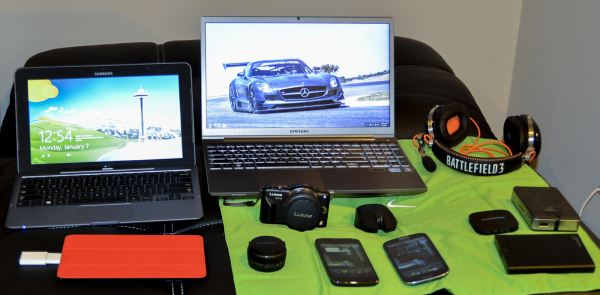
This year, I’m going with the Samsung ATIV Smart PC as my mobile computing solution - it’s a Clover Trail W8 slate with oodles of battery life, a solid keyboard/laptop dock, a Wacom digitizer, and a total weight of 3 pounds. I have my fair share of issues with this system, but it’ll last all day, give me a solid writing tool, and run Lightroom so I can publish decent posts on the go. That’s really all I need it to do - I’m often too busy during the day between meetings to really require any heavy computational power in my travel companion. 
I’m also bringing my Samsung Series 7 Chronos. I have some fascination with this system - it’s a very good all-rounder type notebook, which goes a ways toward explaining why I’ve now bought two of them and will probably upgrade to the new one later this year. Decent amount of compute horsepower (IVB quad and a GT 640M), good keyboard, not too large, acceptable battery life, pleasing aesthetics, and good build quality. Two downers: the screen isn’t fantastic (1600x900 15.6” non-IPS), and the webcam/mic are beyond garbage. But it’s never failed me, even under some heavy torture while I used it as the primary workstation for my Master’s thesis and associated research. But I’m leaving it at the hotel this time around. My days of carrying 5 pound notebooks around the Las Vegas Convention Center are over. So over. 
Ideally, I’d carry something along the lines of a 13” MacBook Air or Zenbook Prime, which would allow me to eliminate the second system. But I went with what I had on hand, so we’ll see how well it works. If I was driving to the show, I would have brought my 27” iMac. That would have been really awesome. But it won’t fit in my carry on baggage, so it’ll have to stay at my desk. 
On a camera side, I picked up a Panasonic Lumix GF3 just before Christmas on an Amazon Lightning Deal on impulse, after a month of deliberating on whether or not to pick up a compact sidekick for my D7000. The combined weight of the D7000 body and the Tamron 17-50 f/2.8 is something on the order of 3.5 pounds. That just didn’t appeal to me from a lugging around the show floor standpoint, hence the jump into the world of Micro 4/3rds cameras. The GF3 came with a 14-42mm PZ f/3.5-5.6 pancake zoom lens out of the box, and I quickly made up my mind to replace the lens with something faster (I’ve learned my lesson as far as kit lenses, trust me). Major shoutout to my friend Tao for loaning me his 14mm f/2.5 prime lens in exchange for a bowl of pho, but I set my sights on the higher end 20mm f/1.7 prime and picked one up on Craigslist earlier today. The speed will go perfectly with the utter lack of good lighting anywhere you go at CES. I’m going to save the 14mm as a backup wide angle. The GF3 body, plus both primes, totals about a pound. Toss in a wrist strap stolen from a long discarded point and shoot, and just like that, we’re in business. 
I’m bringing an iPad mini as a quick way to browse the web and preview photos on the floor. I picked up a 30 pin to Lightning adapter to go with my old iPad Camera Connection Kit, resulting in a somewhat ridiculous looking chain of adapters, but it works. It’s light, so I’m willing to make the allowance - it’s far more convenient to pull out than any of the larger 10”+ tablets. 
From a connectivity standpoint, I will have my Nexus 4 on hand as my day to day device, on T-Mobile’s DC-HSPA+. I’m also carrying a T-Mobile Galaxy S3 with a second T-Mobile SIM in it as a dedicated hotspot device. I’m not on the ground in Vegas yet, but based on what Brian has told me, it sounds like T-Mobile is getting pretty hammered already, so I’m not that hopeful. I’m also bringing a FreedomPop WiFi hotspot, on the off chance that I’m the only person in attendance with a device that connects to Sprint’s old WiMAX network. It’s worth a shot? Maybe? We’ll see. 
Other random gadgets I’m bringing: a 6000 mAh battery for recharging devices on the go, given to me at CES last year by the friendly people at the MyCharge booth, a couple of flash drives, a mostly-empty 1TB Seagate USB3 hard drive just in case, Razer’s Orochi bluetooth mouse for the hotel, the Samsung earbuds from the Galaxy S3 box, and a Battlefield 3-edition Razer Blackshark headset for the flights. Also, a 6 port power strip from IKEA, and a bunch of cords, cables, and power bricks. 
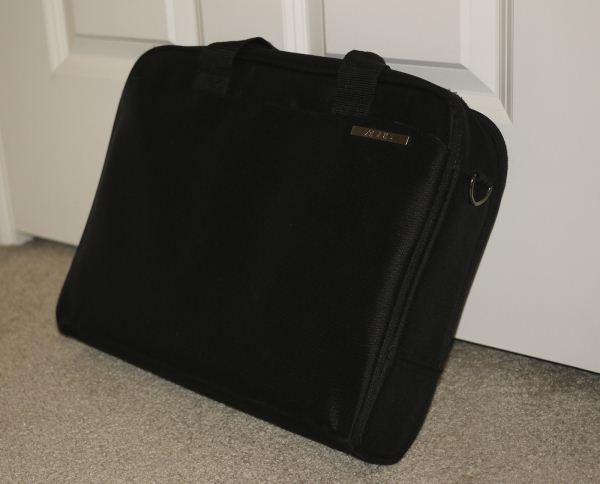
With the noticeable slimming down of my gadget profile, I also decided to downsize the carrying case. I’ve got a fantastic High Sierra Elite series backpack (fits up to 17” notebooks) that I’m bringing everything in, including my showfloor bag. It’s an ASUS-branded Targus notebook briefcase from my much loved ASUS W7S (this is from back in mid-2007, when ASUS used to make exclusively high end computers and included accessories like cases and bluetooth mice with each one). It’s small enough that it fits inside my High Sierra backpack, and comes with a shoulder strap that isn’t pictured here. It’s tiny, it looks relatively professional, and has enough space for what I want to bring to the show floor. My concerns are two-fold: one shoulder strap versus splitting my load across two in a backpack - will it get tiring? Also, if I decide to bail on the Clover Trail experiement mid-conference, I also need to switch to the High Sierra backpack, because the Series 7 won’t fit into the briefcase. 
Estimated total weight for my entire gear bag: just over 6 pounds, which is less than just my DSLR+notebook setups from years past. I am so excited. But also a little bit terrified. Because when your most powerful on-hand computing device is running Atom and your camera looks like a glorified point and shoot, you don’t really have that much room for error. Anand said in reaction to my gear, “You are a brave man.” The line between bravery and foolishness is a thin one. Time to start praying. 

More...
-
01-07-13, 07:30 AM #2468
Anandtech: Audience Announces 3rd Generation Sound Processor - eS515
About a month ago, Audience flew me out to their office in California to talk about a number of things. First, they offered the chance to check out anecohic rooms and listening booths used for testing and tuning smartphones equipped with Audience voice processors. Second, compare notes about testing and evaluating voice quality on mobile devices, both compared to the testing I’ve done and by wireless operators. Third, to take a look at their newest voice processor, the eS515. We’ve been covering noise rejection performance and voice quality on smartphones and tablets in our mobile device reviews, and Audience makes a line of standalone voice processors that work to improve voice quality both on the origin and endpoint of a mobile call.
First, Audience’s newest processor, the eS515, fundamentally changes itself from being just a standalone voice processor to a combination voice processor and audio codec. There’s a corresponding change in naming from voice processor to sound processor, as the eS515 takes the place of both a standalone codec and the slot otherwise taken by a standalone voice processor. This move changes Audience’s lineup from being a solution which requires an additional package (codec and voice processor) to being a solution that includes all the functions of a normal audio codec in addition to the audience noise processing infrastructure. The move allows direct access to all of the audio rails in addition to likely being a better sale to OEMs looking for a simple standalone solution. The eS515 includes a 1.13 watt class-D output speaker driver and 30mW output class-G headphone driver.
The other big news about eS515 are inclusion of some new improved audio processing features and others which move beyond just an emphasis on removing noise from calls and for ASR (automatic speech recognition or voice to text).
For a while we’ve seen smartphones shipping with two microphones, and recently some smartphones with three microphones, including the iPhone 5 and a number of prior Motorola phones. Until now, however, these implementations have used the these microphones in pairs, selecting combinations of two microphones to use at a time. In addition Audience designs with three microphones likewise used the microphones in pairs, selecting primary and secondary microphones depending on the phone’s position. eS515 is now the first to include a three-microphone algorithm for processing should an OEM choose to include a third microphone.
New features for eS515 also include de-reverb for rooms with heavy reverb, improved wideband processing for VoIP calls (up to 24 kHz, well beyond the 8 kHz for wideband cellular voice calls, 16 kHz is also supported), further improved ASR processing, and finally features for reducing noise when recording videos.
This last note is similar to what Motorola shipped on a number of former phones that leveraged the three-microphone setup. For example different scenes such as narration mode, wind reduction, and so on. The eS515 includes an interview mode called “Audio Zoom” which looks for a voice source behind and in front of the device and rejects noise elsewhere. Audience envisions a camera UI similar to Motorola’s with different audio scenes for users to choose from when recording videos.
I recorded a short video of “Audio Zoom” being demonstrated on an eS515 simulator.
After getting a design win, Audience works with handset and tablet makers to do final tuning on their devices, both after final industrial design is finished and sometimes on acoustic design before finalization. Part of this requires using special calibrated rooms to characterize the frequency response and directionality of devices. In addition Audience needs testing methodology for benchmarking its own projects.
I got to peek into Audience’s anechoic chamber and and an ETSI room as defined by EG 202 396–1 for noise suppression testing. Inside both rooms are a HATS (Head And Torso Simulator) which is instrumented with microphones for testing phones and tablets, and a controllable testing apparatus for holding the device under test and moving it through various positions.
Gallery: Audience Anechoic Chamber and ETSI Room





The ETSI 202 396–1 specification defines a setup with four speakers and a subwoofer playing distractor music around the caller and a simple room layout. I plan to move our own smartphone call testing to a similar setup as well.

More...
-
01-07-13, 07:30 AM #2469
Anandtech: Zotac ZBOX ID42 Keeps 'Ion' Alive
Zotac's ZBOX mini-PCs have proved popular in emerging markets. The Ion boxes based on the Intel Atom and NVIDIA GPU combination, however, have run their course. NVIDIA no longer markets GPUs for the Ion platform. Zotac has put its own twist to this effective, but low cost, platform by releasing the ZBOX ID42 / ID42 Plus with a Celeron processor and a NVIDIA GeForce 610 GPU.
Gallery: Zotac ZBOX ID42 (Plus)


Zotac's mini-PCs do have some noise issues and we will have to wait and see if the redesigned chassis (with extra 7mm thickness) of the ZBOX ID42 does anything to alleviate the problem. The unit also has two GbE ports and two Wi-Fi antenna slots. The ventilation area is also tripled compared to the previous generation chassis. The specifications of the Zotac ZBOX ID42/43 are presented below.
Along with the ID42, Zotac is also updating their Core i3-based lineup with Ivy Bridge processors in the ID83 / ID 83 Plus. This configuration still uses the previous generation chassis.Product Name ZBOX ID42 SKU ZBOX-ID42 ZBOX-ID42-PLUS Memory 2 x 204-pin DDR3 SO-DIMM slots (Up to 16GB) DDR3-1333 Hard Disk 1x 2.5-inch HDD / SSD PLUS Configuration 4GB DDR3 / 500GB 5400RPM HDD CPU Intel Core Processor (Celeron) (dual-core, 1.1 GHz) GPU NVIDIA GeForce GT 610 Video Memory 512MB DDR3 Display Options HDMI & DVI Memory Card Reader 4-in-1 (SD/SDHC/MMC/SDXC) Ethernet 2 x 10/100/1000Mbps WiFi Onboard 802.11n Wi-Fi & Bluetooth 4.0 USB Ports 2x USB 2.0 (rear) (high-amperage charging supported)
2x USB 3.0 ports (1 on top, 1 on front)Audio Onboard analog stereo high-definition audio
HDMI audio (bitstream)
Digital Optical S/PDIFDirectX® Support DirectX® 11 with Shader Model 5.0 Other Features Hardware Video Decode Acceleration
Blu-ray 3D support
Dual-display capableHDCP: Yes OS Support Windows 7 & 8 ready
Gallery: Zotac ZBOX ID83 (Plus)


The specifications of the ID82/83 are provided below.
We will be meeting up with Zotac later this week at CES. Stay tuned for further information including pricing details.Product Name ZBOX ID83 SKU ZBOX-ID83 ZBOX-ID83-PLUS Memory 2 x 204-pin DDR3 SO-DIMM slots (Up to 16GB) DDR3-1600 Hard Disk 1x 2.5-inch HDD / SSD PLUS Configuration 4GB DDR3 / 500GB 5400RPM HDD CPU Intel Core i3 3120M (dual-core, 2.5 GHz) GPU Intel HD Graphics 4000 Video Memory Shared Memory Architecture Display Options HDMI & DVI Memory Card Reader 4-in-1 (SD/SDHC/MMC/SDXC) Ethernet 10/100/1000Mbps WiFi Onboard 802.11n Wi-Fi & Bluetooth 4.0 USB Ports 4x USB 2.0 (1 front, 1 top, 2 rear) (high-amperage charging supported)
2x USB 3.0 ports (rear)Audio Onboard analog stereo high-definition audio
HDMI audio (bitstream)
Digital Optical S/PDIFDirectX® Support DirectX® 11 with Shader Model 5.0 Other Features Hardware Video Decode Acceleration
Blu-ray 3D support
Dual-display capableHDCP: Yes OS Support Windows 7 & 8 ready

More...
-
01-07-13, 08:30 AM #2470
Anandtech: SanDisk Ultra Plus SSD Review (256GB)
SanDisk is a household name as far as NAND storage is concerned. You can’t walk into an electronics retailer and not be bombarded with SanDisk made CompactFlash and SD cards. Rip open a tablet and you might find a SanDisk solution. Even the new $249 Cortex A15 based Chromebook uses a SanDisk iNAND device on-board. Similar to Intel/Micron, SanDisk and Toshiba jointly develop and manufacture their own NAND.
The brand is well known and its products are prevalent throughout the OEM space, but in retail SanDisk isn’t as strong as some of its competitors. Recently SanDisk has been hoping to change this with the release of several of its own branded SSDs: the SanDisk Ultra (SF-1200) and SanDisk Extreme (SF-2281).
Like many other SSD companies once married to SandForce, SanDisk also looked elsewhere for controllers. And like many of those same companies, SanDisk ended up at the same place: Marvell.
Today SanDisk is announcing the Ultra Plus SSD, based on Marvell’s SS889175 6Gbps SATA/NAND controller. Read on for our full review!

More...
Thread Information
Users Browsing this Thread
There are currently 46 users browsing this thread. (0 members and 46 guests)





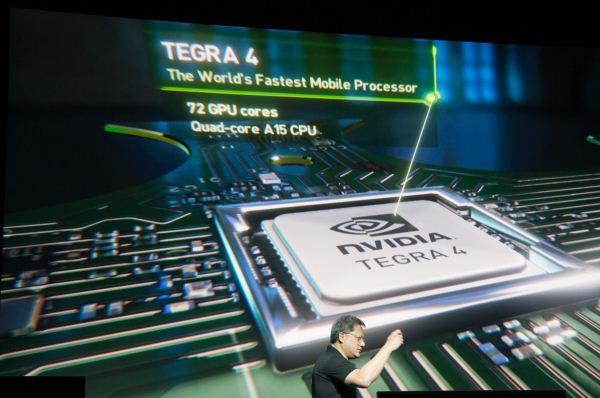
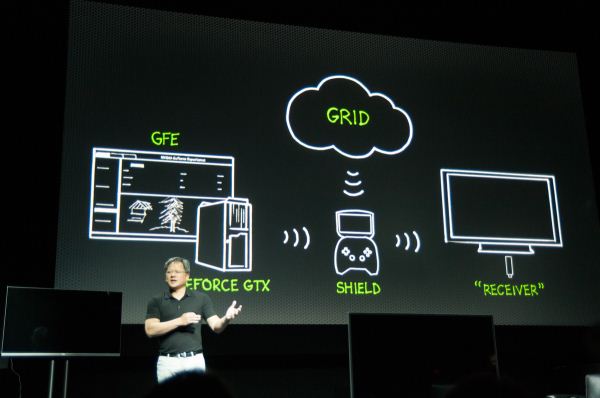



 Quote
Quote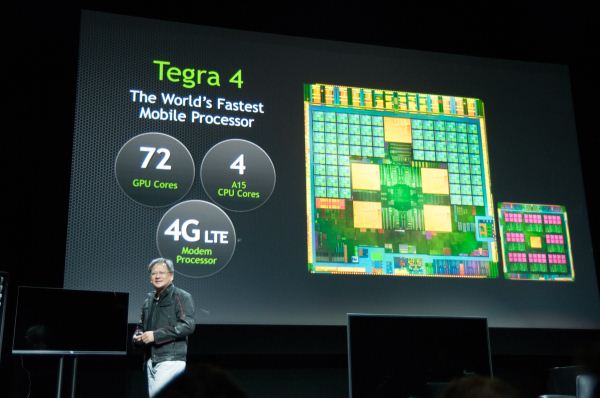
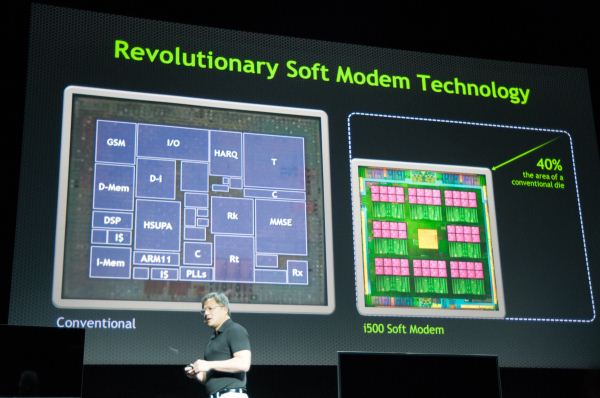
%20Open_575px.jpg)
_575px.jpg)
_575px.jpg)
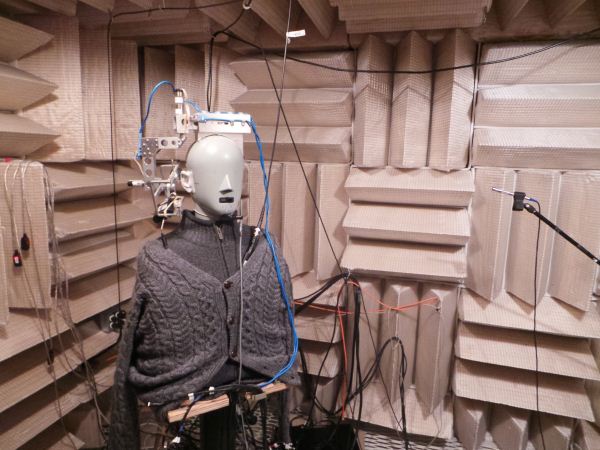
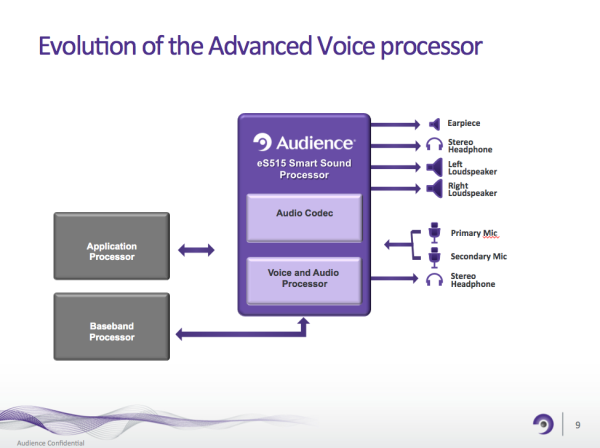
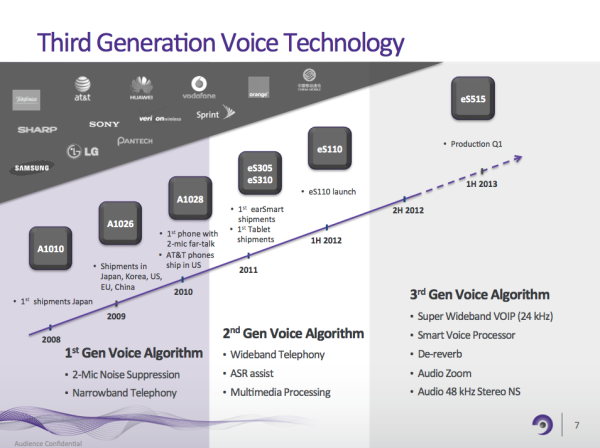
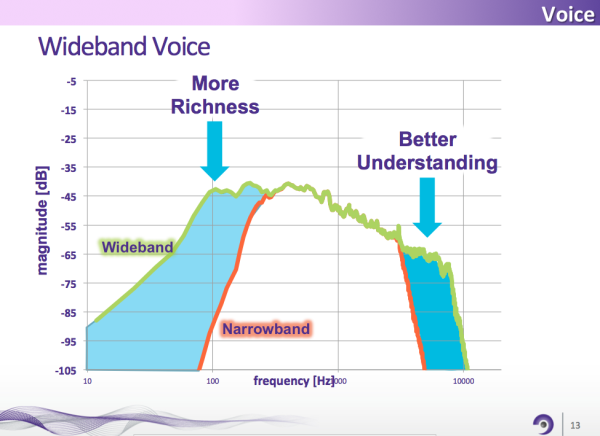
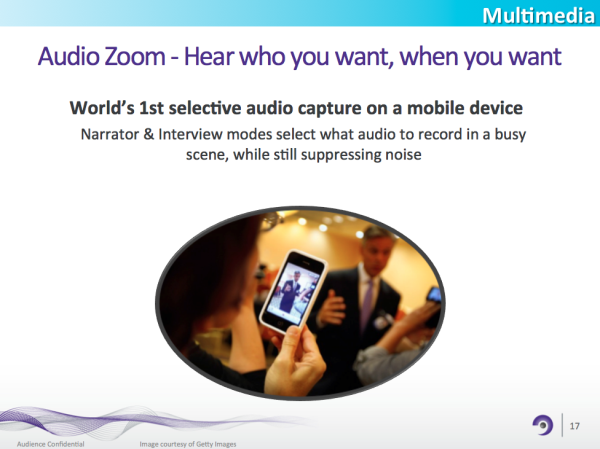
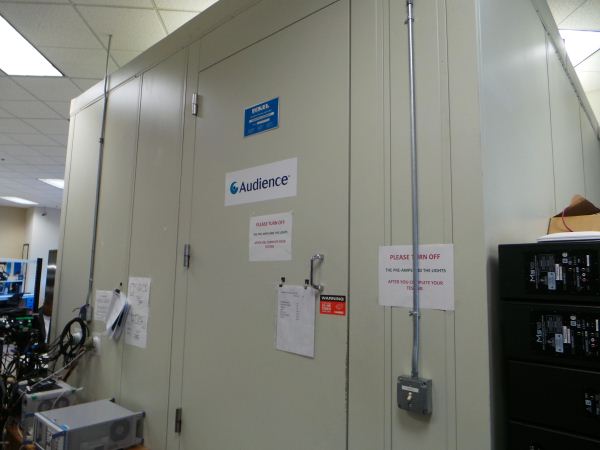


















Bookmarks